Friday Challenge!

This month would be the 204th Birthday of the famous scientist Charles Darwin.
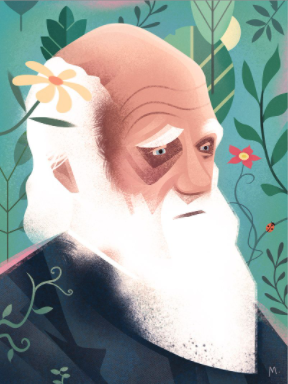
Charles Darwin is perhaps most famous for his work on evolution. He discovered that all species of life descended over time from common ancestors through a process called natural selection.
If you would like to find out more about Charles Darwin, you can watch this video:
Science KS2: The work of Charles Darwin and Alfred Wallace - BBC Teach
For your Friday Challenges this week, we have been inspired by the work of Charles Darwin and would like for you to follow in his footsteps.
Here are the activities that you can choose from:
Clever Camouflage
Darwin found out that animals that were able to hide really well were more difficult to catch and were more likely to survive. These animals were then able to pass these characteristics onto the next generation.
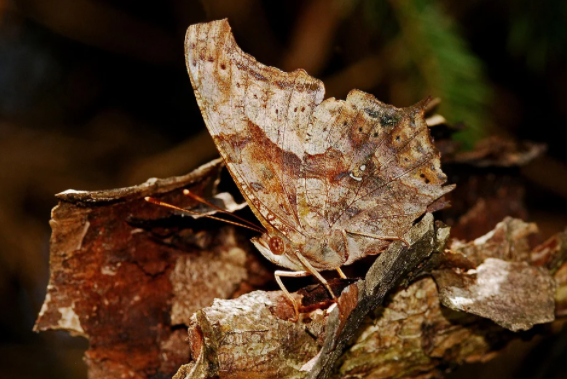
You can follow in Darwin’s footsteps and find out for yourself how important camouflage is by completing this activity.
Step 1: Lay out pieces of newspaper across an entire table or surface.
Step 2: Cut out 10 identical butterflies from newspaper.
Step 3: Cut out 10 identical butterflied in bright coloured paper.
Step 4: Place all 20 butterflies on the newspaper covered surface and cover them with a blanket or sheet.
Step 5: Get another member of your family to act as a predator. Uncover the butterflies and challenge your family member to see how many butterflies they can catch in 10 seconds.
Step 6: Count up the butterflies. How many did they catch up altogether? How many newspaper butterflies? How many bright butterflies?
Step 7: Repeat this investigation several times with different members of your family. Record your results and present them using a graph or chart.
Step 8: Now it’s time to draw some conclusions. What do you notice about your results? Did you spot any patterns? Can you explain why your results happened? Can you use these results to help explain why animals use camouflage?
Darwin’s Finches
Darwin discovered that creatures with characteristics more suited to an environment are more like to survive and pass those characteristics onto the next generation. Darwin found evidence of this on the Galapagos Islands.
Darwin found that finches varied in different ways depending on which island they lived on. One of those differences was beak size. Some finches had fat short beaks and some thinner sized beaks.
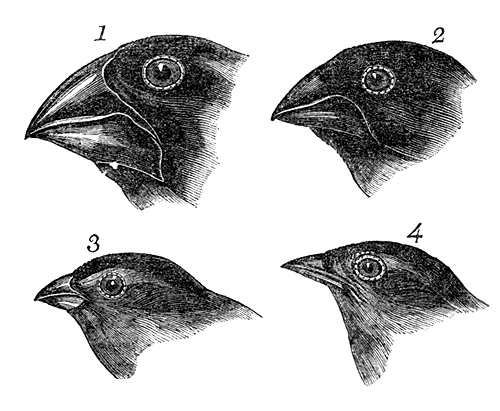
Charles Darwin found that the seeds available on the islands where the finches lived differed in size and that finch beaks had adapted to the size of seed available. He concluded that the finches’ beaks had changed over time as favourable characteristics were passed down through generations of birds.
Finches with the fat shaped beaks would have struggled to survive on an island where the main food was small seeds but the thin beaked finches would have survived well and lived to pass on their genes.
On an island where mostly only larger seeds were available the opposite would have happened as a larger beak would have been a huge advantage.
You can find out for yourself why the size and shape of bird beaks are so important.
You will need:
Three different sized seeds/beans or pasta – pumpkins seeds, sunflower seeds and flax seed are good choices. Small toy insects are also fun to try.
Two different sized pairs of tweezers or scoopers
Stopwatch
Six pots
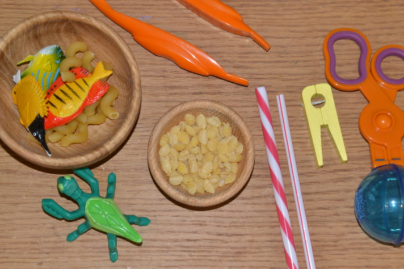
Step 1. Count 10 of each seed or pasta pieces into three of the pots
Step 2. Decide which pair of tweezers you will use first.
Step 3. Time yourself moving the seeds from the pots they are in to an empty pot. Repeat this with the same tweezers for each seed type.
Step 4. Repeat with each different set of tweezers.
Step 5. Record your results
Step 6. Ask yourself the following questions:
Which tweezers worked fastest?
Which tweezers were most suited to which seed type?
How could you ensure that your results were accurate?
Now Imagine that each different tweezer or scoop was the beak of a bird. Which of these birds do you think would be able to get the most food, be successful and pass their characteristics onto the next generation?
Draw Like Darwin
The secret to Darwin’s success as a scientist was his use of careful observation and the detailed records he kept of his findings. Here is an example of one of Darwin’s sketches:
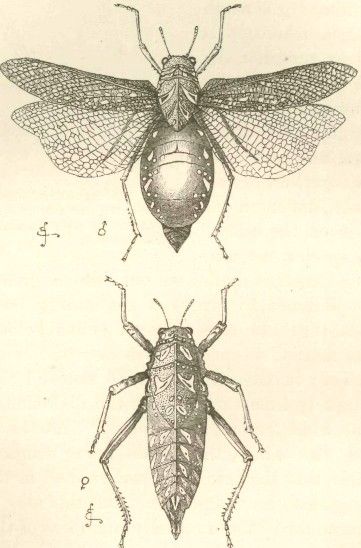
He made thousands of accurate sketches and drawings. You can follow in his footsteps by closely drawing and labelling a plant or creature of your own.
Step 1: Choose a plant or animal.
Step 2: Select the materials that you would like to use to sketch your plant or animal.
Step 3: Closely observe your plant and animal.
Step 4: Draw the plant or animal as accurately as you can and label the features that you believe have adapted to suits its environment.
